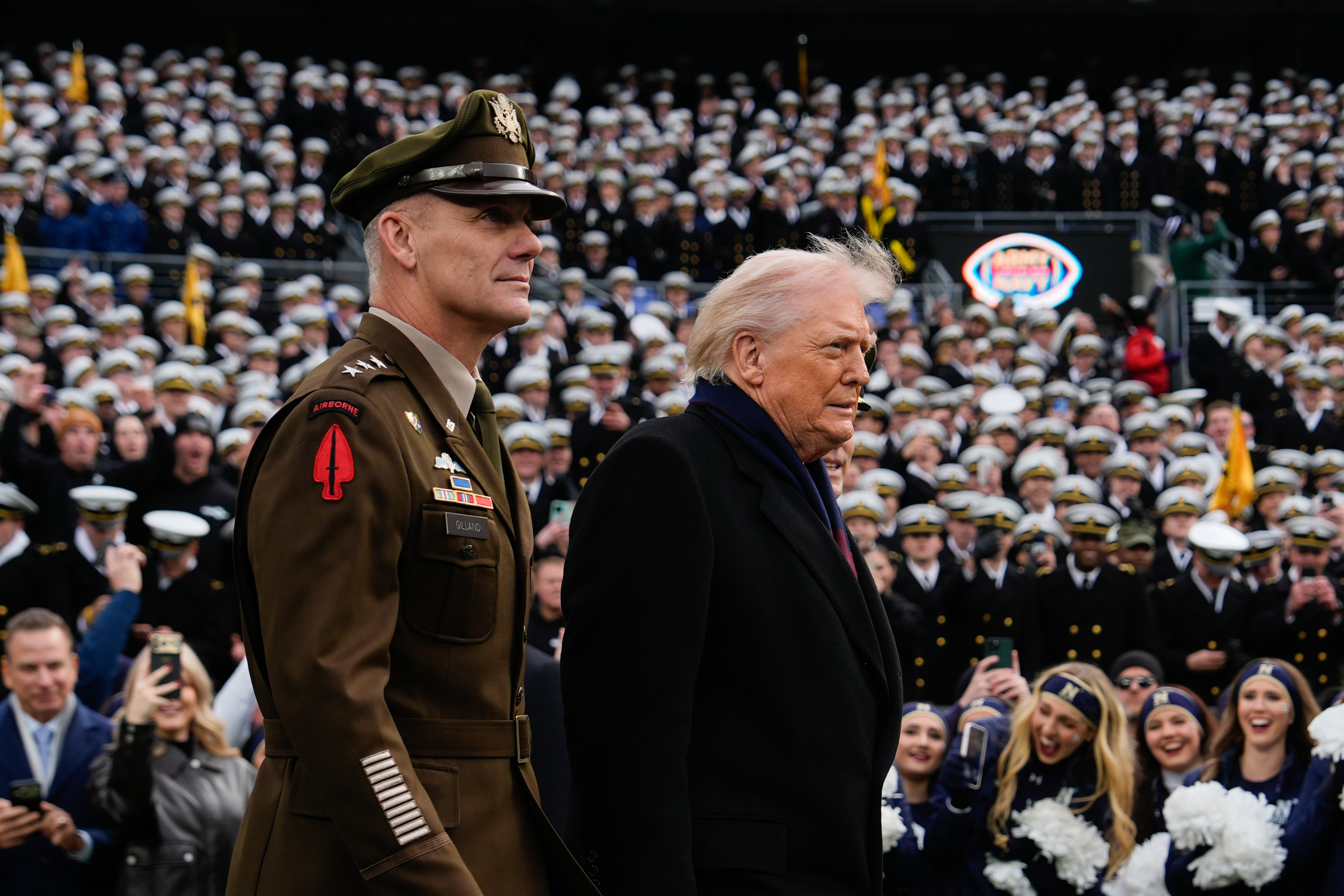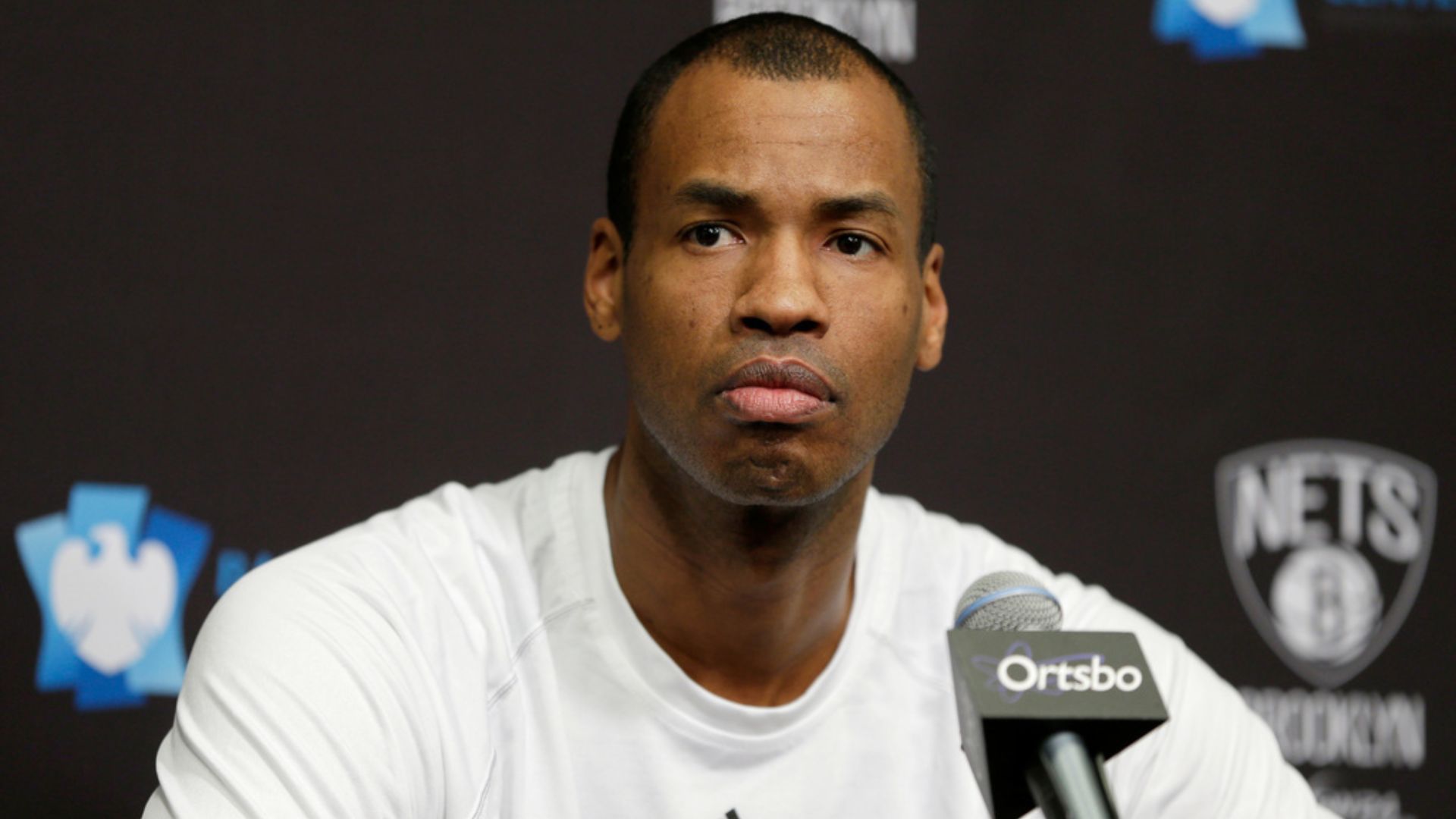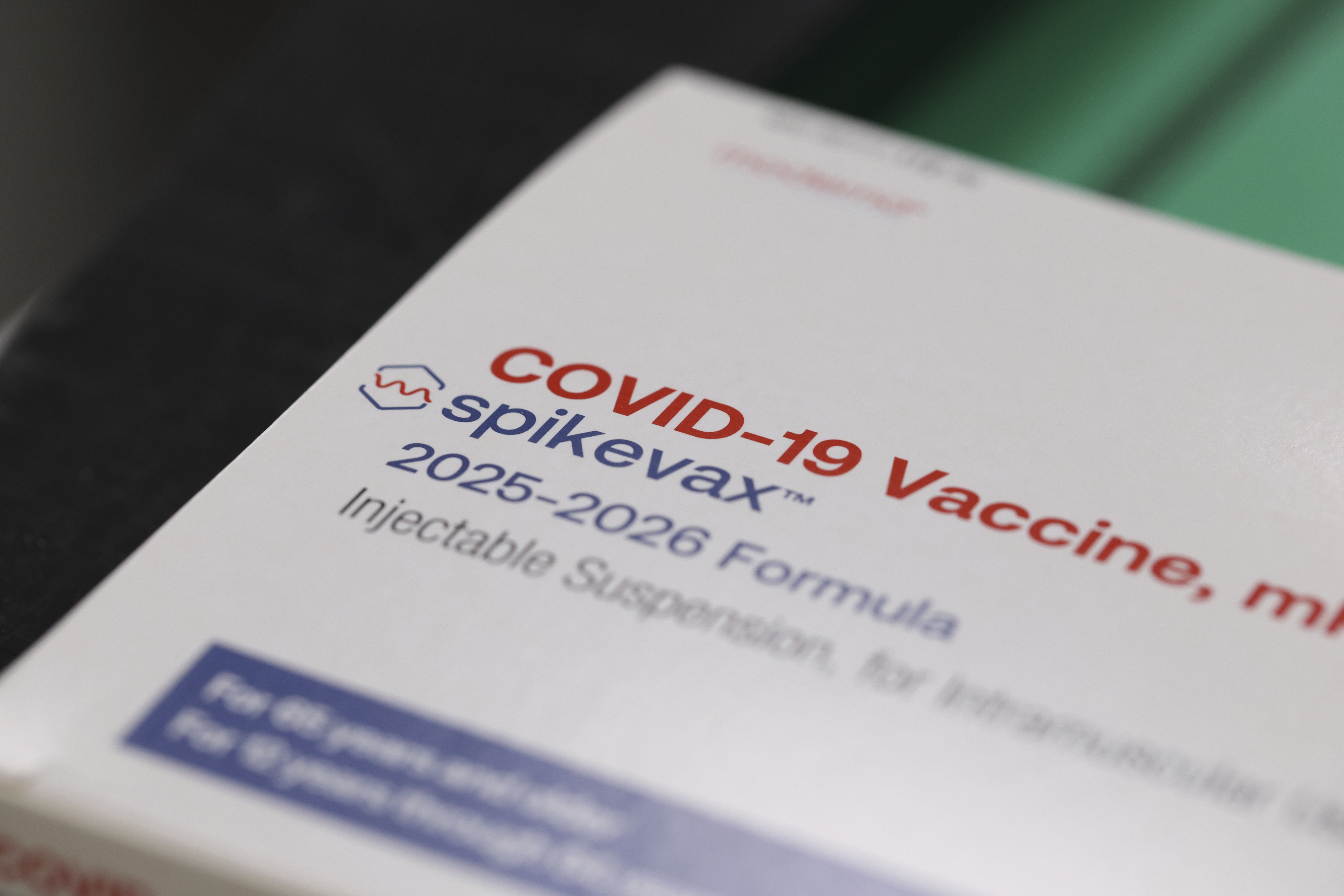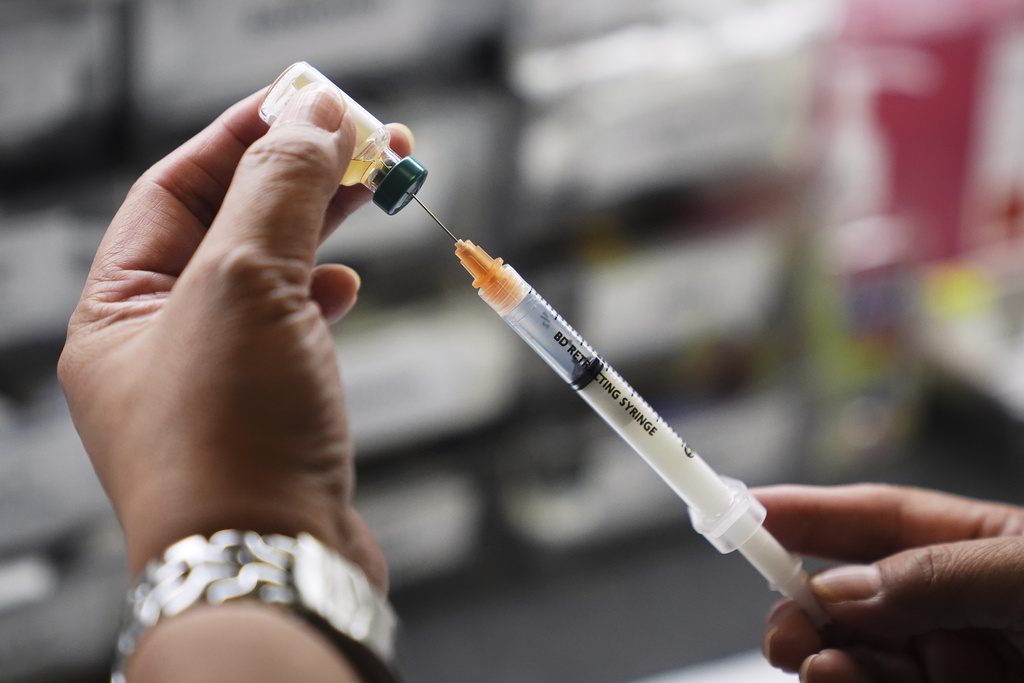Vaccinated teachers and students don't need to wear masks inside school buildings, the Centers for Disease Control and Prevention said Friday in relaxing its COVID-19 guidelines.
The changes come amid a national vaccination campaign in which children as young as 12 are eligible to get shots, as well as a general decline in COVID-19 hospitalizations and deaths.
“We're at a new point in the pandemic that we're all really excited about," and so it's time to update the guidance, said Erin Sauber-Schatz, who leads the CDC task force that prepares recommendations designed to keep Americans safe from COVID-19.
The nation's top public health agency is not advising schools to require shots for teachers and vaccine-eligible kids. And it's not offering guidance on how teachers can know which students are vaccinated or how parents will know which teachers are immunized.
That's probably going to make for some challenging school environments, said Elizabeth Stuart, a John Hopkins University public health professor who has children in elementary and middle schools.
“It would be a very weird dynamic, socially, to have some kids wearing masks and some not. And tracking that? Teachers shouldn't need to be keeping track of which kids should have masks on,” she said.
Another potential headache: Schools should continue to space kids — and their desks — 3 feet apart in classrooms, the CDC says. But the agency emphasized that spacing should not be an obstacle to getting kids back in schools. And it said distancing is not required among fully vaccinated students or staff.
All of this may prove hard to implement, and that's why CDC is advising schools to make decisions that make the most sense, Sauber-Schatz said.
The biggest questions will be at middle schools where some students are eligible for shots and others aren’t. If sorting vaccinated and unvaccinated students proves too burdensome, administrators might choose to just keep a masking policy in place for everyone.
“The guidance is really written to allow flexibility at the local level,” Sauber-Schatz said.
Indeed, in some of the nation’s largest school districts, widespread mask-wearing is expected to continue this fall. In Detroit’s public schools, everyone will be required to wear a mask unless everyone in the classroom has been vaccinated. Philadelphia will require all public school students and staff to wear masks inside buildings, even if they have been vaccinated. But masks won't be mandated in Houston schools.
What about requiring COVID-19 vaccination as a condition of school attendance? That's commonly done across the country to prevent spread of measles and other diseases.
The CDC has repeatedly praised such requirements, but the agency on Friday didn't recommend that measure because it is considered a state and local policy decision, CDC officials said.
Early in the pandemic, health officials worried schools might become coronavirus cauldrons that spark community outbreaks. But studies have shown that schools often see less transmission than the surrounding community when certain prevention measures are followed.
The new guidance is the latest revision to advice the CDC began making to schools last year.
In March, the CDC stopped recommending that children and their desks be spaced 6 feet apart, shrinking the distance to 3 feet, and dropped its call for use of plastic shields.
In May, the agency said Americans in general don’t have to be as cautious about masks and distancing outdoors, and that fully vaccinated people don’t need masks in most situations. That change was incorporated into updated guidance for summer camps — and now, schools.
Additional reporting by The Associated Press.










